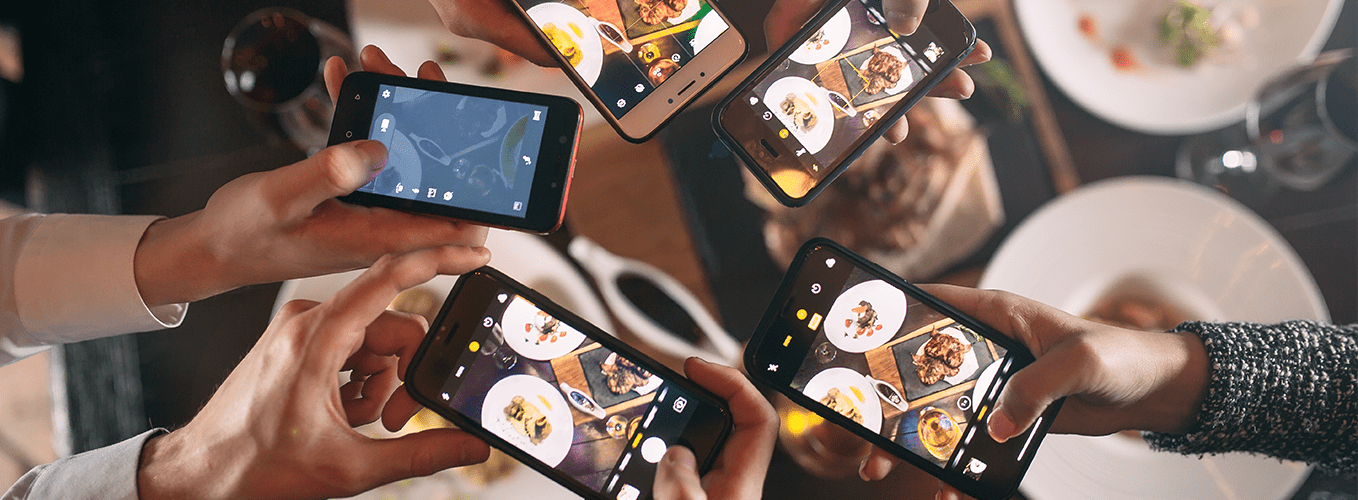A photo is made up of several small dots called pixels. The more pixels you have, the better your resolution or clarity of your image. If the resolution is low in an image, you will loose quality as you resize it and the image will become blurry or grainy and hard to make out. Images taken with a cell phone, yes even the new IPhone, have a resolution that is lower than that of a professional DSLR camera such as the Canon EOS 5D Mark IV or the Nikon 7Z. When you take a picture on a cell phone, the image is compressed down to either a JPEG or HEIF (High Efficiency Image Format) file, depending on the type of phone you have in order to save space on your phone. With a professional camera, you can choose to shoot a high resolution JPEG or a RAW file (uncompressed file format), and because the file is so large, you are able to resize the image and retain good quality.


